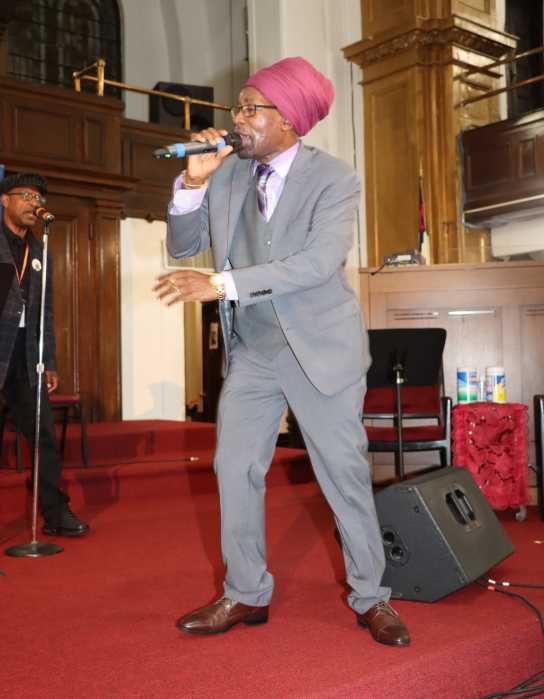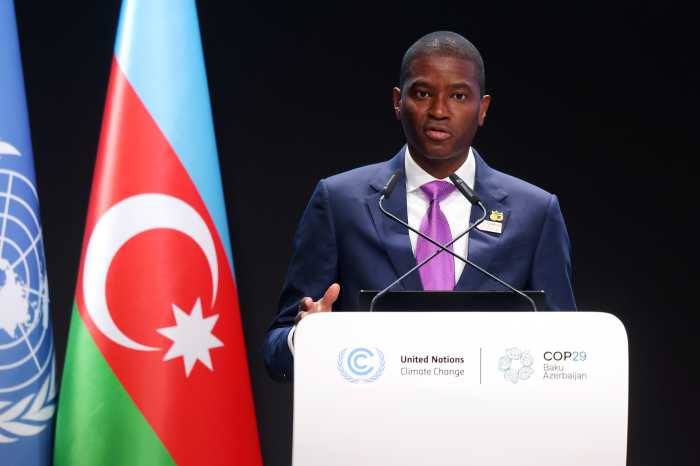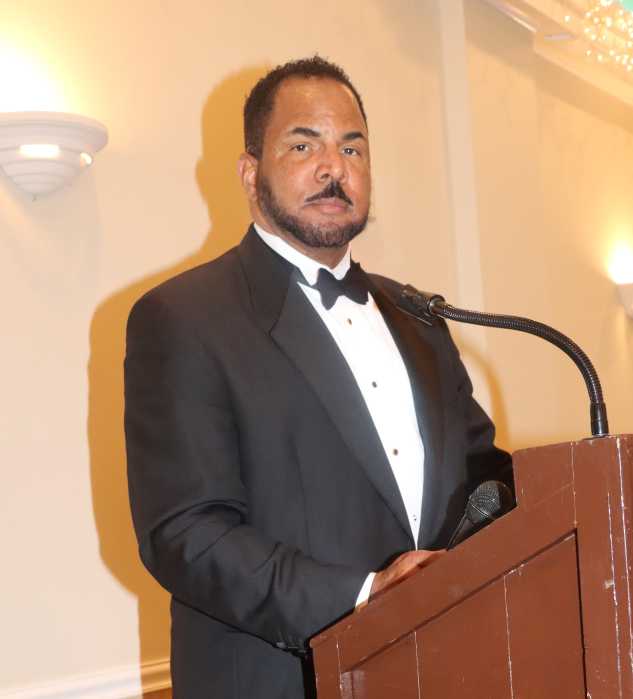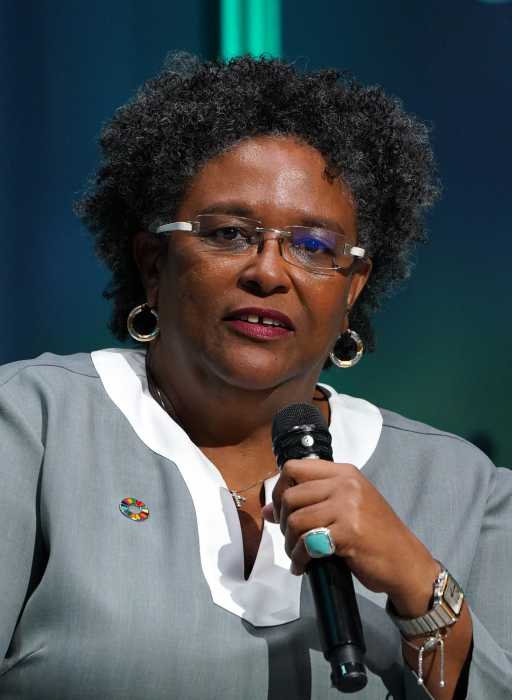The World Bank says Grenada’s educational system has significantly improved in recent years because of more classrooms and better trained teachers under an education initiative.
“Between 2004 and 2011, Grenada improved both the equity of access and quality of its secondary education program,” said the Washington-based financial institution in a statement on April 17.
With its support, the World Bank said the “Grenada Education Development Project” “successfully expanded secondary schools, with the addition of 420 school places, increased enrollment in three underserved areas by an average of 10 percentage points, provided instructional materials, trained counselors and teachers, and helped to increase the Caribbean Examinations Council pass rates by 6 percentage points.”
Before 2004, the World Bank said access to education in Grenada was “inequitable with transition rates to secondary education in the three underserved parishes averaging 51 percent.
“The quality of secondary education was deficient, teachers’ qualifications were poor, and instructional materials were not sufficient to support student-centered learning approaches,” it said.
“Some secondary schools were overcrowded,” it added. “Student violence in schools contributed to high dropout rates.”
The World Bank said the “Grenada Education Development Project” supported priorities identified in the Strategic Plan for Education and Development, which sought to achieve universal secondary coverage.
It said the plan focused on improving the quality of learning, in particular in the areas of literacy and numeracy.
It also concentrated on school improvement, through construction and rehabilitation of education infrastructure following Hurricane Ivan, as well as student-led school improvement projects.
The bank said the project contributed to “improved equity of access and quality of secondary education.”
It said key outcomes include improvement of transition rates to secondary education in the proportion of students sitting Common Entrance Examinations in the three underserved parishes by an average of 10 percentage points between 2004 and 2008.
The bank said there is also improvement in the proportion of students passing at least five subjects, including Mathematics and English, at the Caribbean Examinations Council, from 13 percent in 2004 to 19 percent in 2008.
It said introduction of a new curriculum policy, “which is better aligned with the Caribbean Examinations Council, and meets the diversified learning needs of students,” is a key factor in the enhanced education system in Grenada.
In addition, the bank said improvement of the availability of textbooks and other instructional materials for 3,000 students, and placement of trained counselors and peer counselors in all secondary schools, leading to reduced school violence and improved attendance based on information from focus group discussions with counselors, school principals and education officers, contributed to improvements in education.
The World Bank said about 2,000 students benefited from the increased number of schools and set-up of school shades and canteens.
It said teachers also benefited from training in literacy and numeracy and the increased availability of resources, and that students developed a greater interest in mathematics and reading.
“The project reiterates government commitment to reforms and initiatives addressed under the project, many of which have been institutionalized under the strong leadership of the Ministry of Education,” the statement said.
“Grenada continues to participate actively in the review of the Education Strategy by the Organization of Eastern Caribbean States (OECS), which will guide future development of education in the region,” it added. “Grenada is also addressing the challenges of school infrastructure maintenance through a monthly subvention to schools.”
The World Bank said it provided funding to the tune of US$8 million to the “Grenada Education Development Project” in 2004.
In 2008, it said an additional US$1.9 million grant was provided to allow for implementation of activities that had been curtailed when funds were reallocated to address the emergency rehabilitation following the passage of Hurricane Ivan.

























